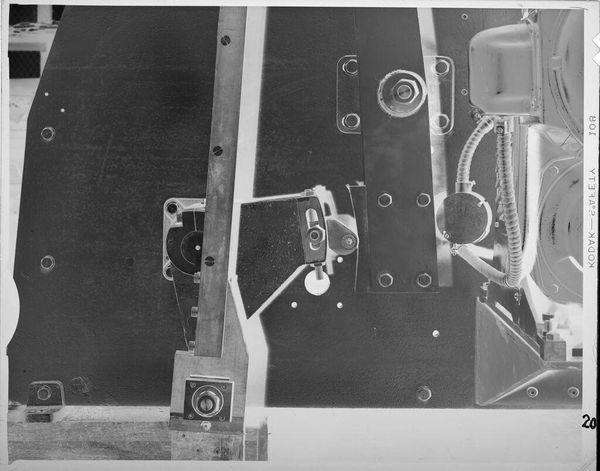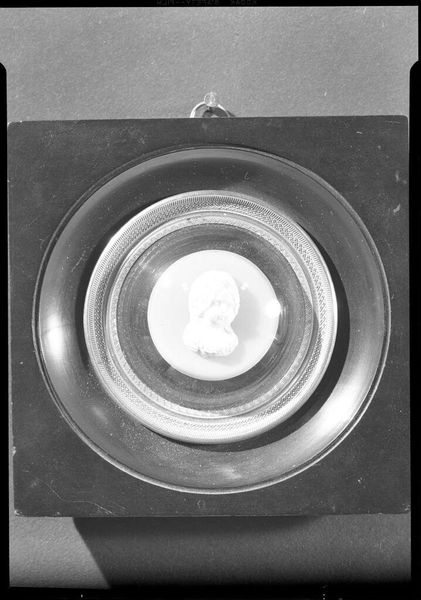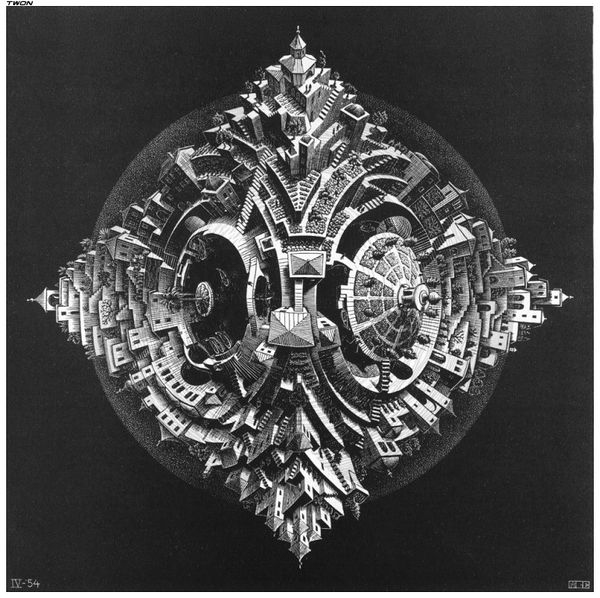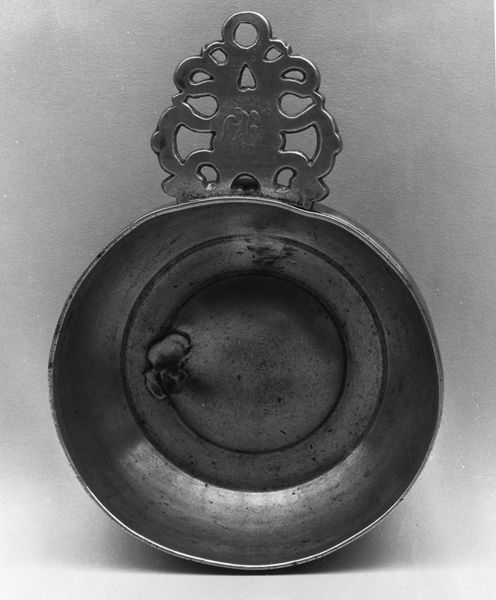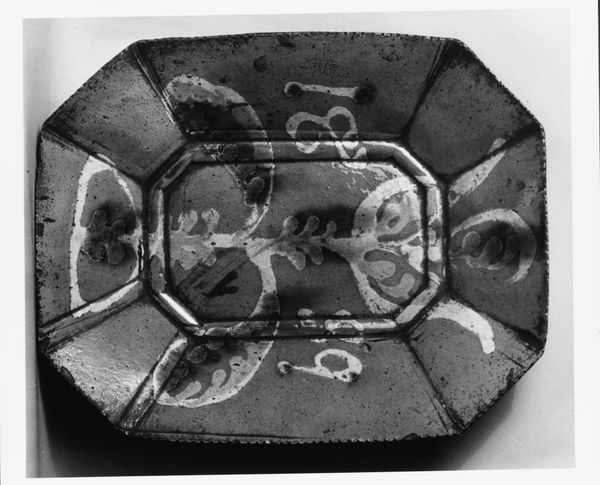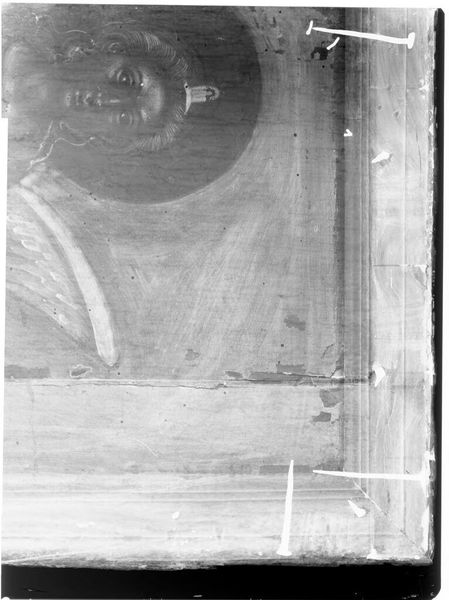
ceramic, earthenware, terracotta
#
greek-and-roman-art
#
ceramic
#
earthenware
#
geometric
#
ancient-mediterranean
#
black and white
#
terracotta
#
monochrome
#
monochrome
Dimensions: Diameter: 5 3/4 × 2 13/16 in. (14.6 × 7.1 cm) Height: 4 in. (10.2 cm) Width: 7 3/4 in. (19.7 cm)
Copyright: Public Domain
Editor: Here we have a terracotta kylix, or lip-cup, dating back to 550 BC and attributed to Xenokles. It’s currently housed at the Metropolitan Museum of Art. It’s starkly monochrome. The abstract decorations strike me as purposeful. What stories can we unlock from an object so seemingly simple? Curator: Absolutely. What immediately grabs my attention is that this isn't merely a vessel. It’s a cultural artifact brimming with meaning about status, ritual, and even gender within its society. We should start by asking what function this object had. Editor: It's a drinking cup, right? Were these cups accessible to everyone? Curator: Good question. Who do you think might have used them? It's vital to remember the socio-political dynamics of the time. Think about the labor required to create even what seems a simple terracotta object. Someone had to dig the clay, craft the pot, fire it... The placement of painted bands creates depth; how do these formal decisions also signal hierarchy? Are there visual cues that speak to an elite status? What kind of dialogue did these cups enable? Editor: That's fascinating. I never thought about the implicit social hierarchies baked into something as mundane as a cup! Now I'm seeing it as more than just an object. It’s a window into ancient power structures. I see the lettering also; is that part of its meaning as well? Curator: Exactly! It perhaps says, "Xenokles made me." Signatures assert individuality, yes, but more potently announce belonging to particular intellectual circles, practically proto-guilds, that reproduced aesthetic and social codes of honor. We can't divorce the artistry from its social implications, particularly regarding ancient class structures. What do you take away? Editor: I'm rethinking everything I thought I knew about ancient Greek art, that’s for sure! Now I see not just aesthetics, but labor, class, and the echoes of a stratified society. Thank you.
Comments
No comments
Be the first to comment and join the conversation on the ultimate creative platform.

